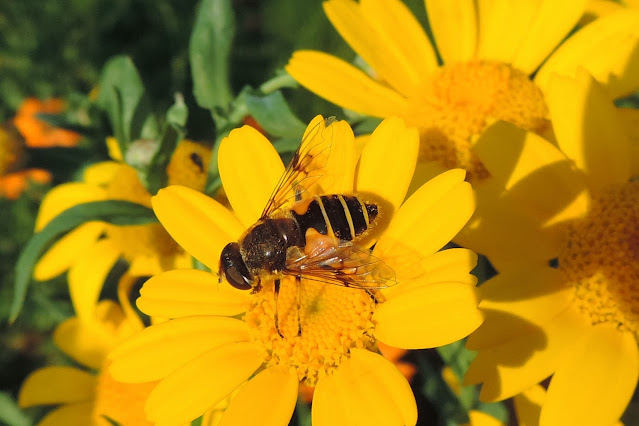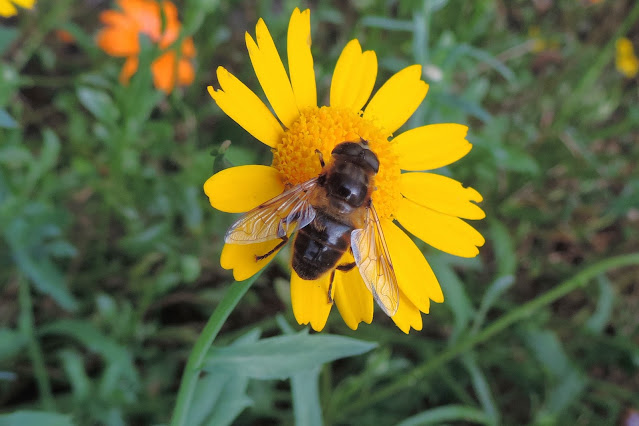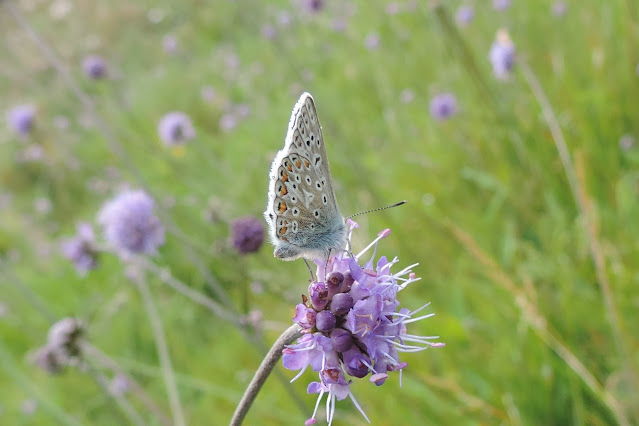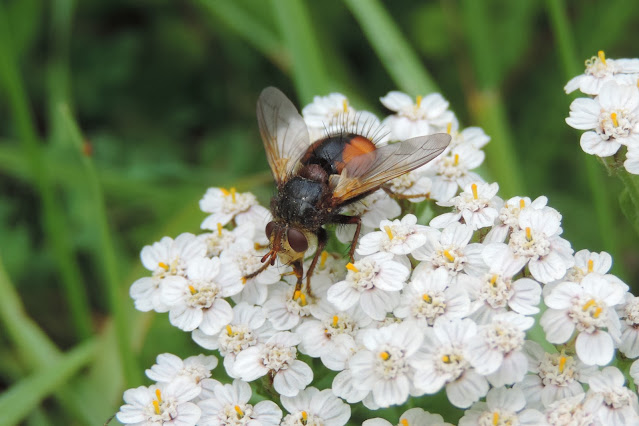It's surprising what a bit of sunshine can do at this time of year. A good selection of spring hoverflies were in the woods at Lletty Brongu and some in good numbers. 11 species were recorded with the best being Epistrophe eligans (4), Rhimgia campestris (7) and Cheilosia pagana (1). Highest counts were Melanostoma scalare (46), Platycheirus albimanus (41) and Eristalis pertinax (40).
First butterflies of the year included Speckled Wood, Brimstone, Small Tortoiseshell and unusually Small White, I have never seen them emerge before Green-veined White before. Tree, Buff-tailed Bumblebee and Tawny-mining Bee were present as well as the common Honey Bee. Other flies include the spring cranefly Tipula vittata and the first shieldbug of the year was Green Shieldbug.
On the bird front Sand Martin (4) have returned and the woods held Blackcap, Willow Warbler and Chiffchaff, but no Rooks using either Llangynwyd or the Sewage works as a nest site.










.JPG)


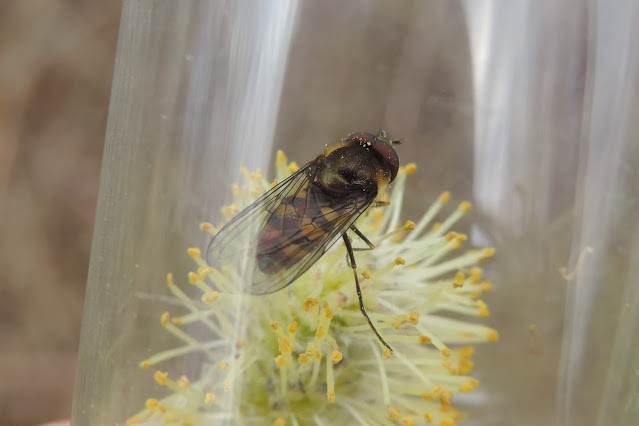











.JPG)

.JPG)









